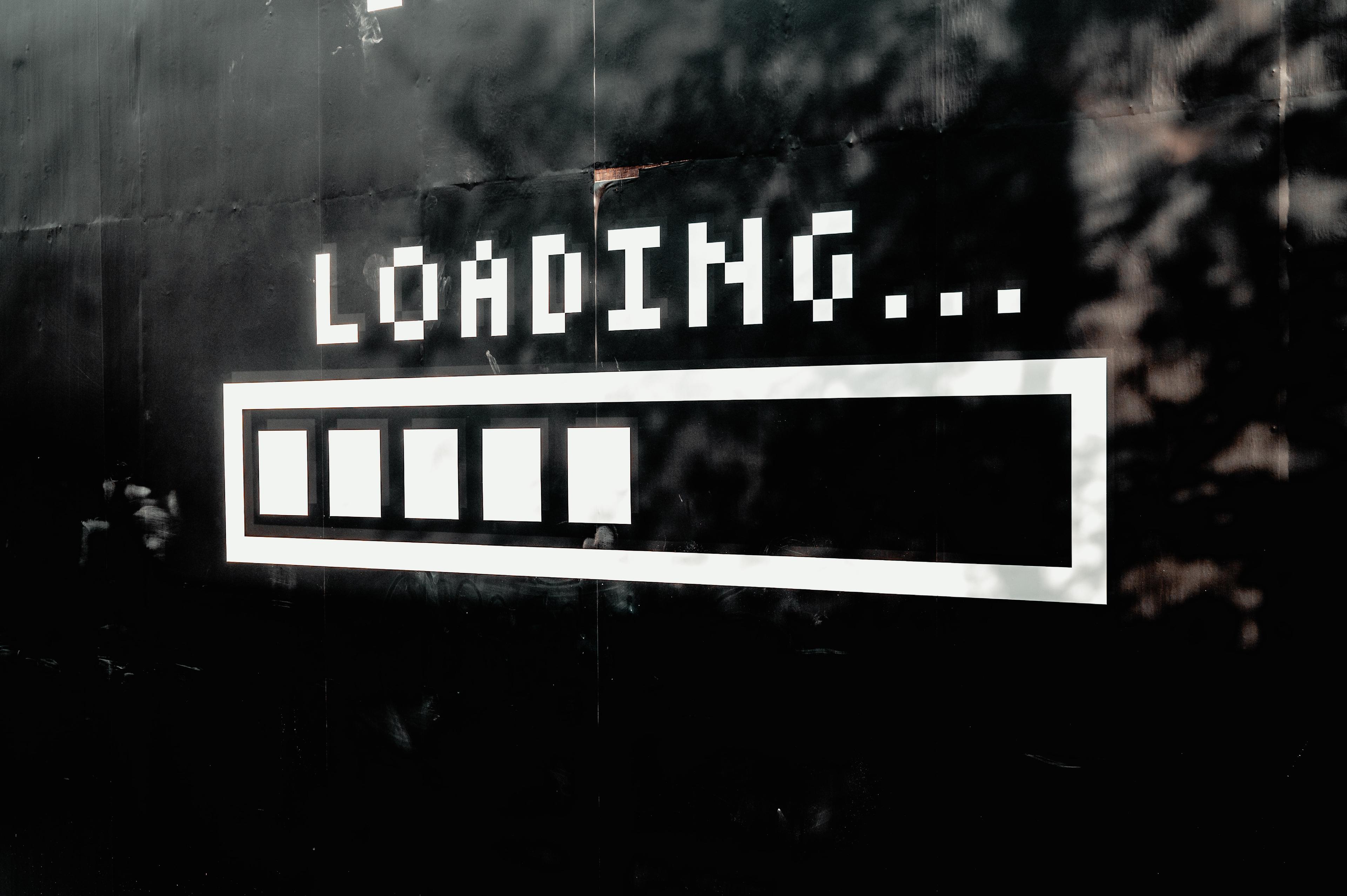CSS loaders, also known as preloaders or spinners, are used to indicate that a website or application is loading content. They are often used to inform the user that the page is still loading, while providing visual feedback.
There are many different types of CSS loaders, including spinners, progress bars, and loading animations. Spinners are the most common type of loader, and they typically consist of a simple animation that spins around to indicate that something is loading. Progress bars, on the other hand, are used to show the progress of a loading operation, such as the percentage of a page that has been loaded.
CSS loaders can be created using a variety of techniques, including CSS animations, SVG, and JavaScript. CSS animations are the most commonly used technique for creating CSS loaders, as they are easy to implement and require minimal code. SVG, on the other hand, is more complex but allows for more detailed and customizable animations. JavaScript can also be used to create CSS loaders, but it is typically only used for more advanced animations or interactive loaders.
When creating a CSS loader, it is important to keep in mind that loaders should be small and lightweight, so that they do not slow down the loading process. Additionally, they should be designed to be visually appealing, so that they do not detract from the overall look and feel of the website or application.
In conclusion, CSS loaders are an important aspect of web design and development, as they provide visual feedback to users while a website or application is loading. They can be created using a variety of techniques, including CSS animations, SVG, and JavaScript, and should be designed to be small, lightweight, and visually appealing.
Another thing to keep in mind when creating CSS loaders is accessibility. It is important to ensure that the loader is accessible to users with disabilities, such as screen readers. This can be achieved by providing alternative text for the loader, and using semantic HTML elements to structure the loader. Additionally, it's important to give the user an option to stop the loader, in case they want to move on to a different page or task before the loading is finished.
Another important aspect of CSS loaders is performance. As mentioned earlier, loaders should be small and lightweight, so that they don't slow down the loading process. To achieve this, keep the number of elements used to create the loader to a minimum, and use CSS transitions and animations instead of JavaScript for simple animations. Additionally, you can use CSS sprites to reduce the number of HTTP requests required to load the loader.
CSS loaders can also be used to improve the overall user experience of a website or application. For example, a loader can be used to load and display content as it becomes available, rather than loading all of the content at once. This can improve the perceived performance of the website or application, as the user is able to see and interact with some of the content while the rest of the page is still loading.
In summary, CSS loaders are an important aspect of web design and development that can improve the overall user experience. They should be designed to be small, lightweight, visually appealing and accessible, and performance should be taken into consideration while creating them. Additionally, they can be used to improve the overall user experience of a website or application by loading and displaying content as it becomes available.
About Rahul Chitturi
Rahul Chitturi is a Full Stack Developer as well as being a Founder of Sudo Folks


